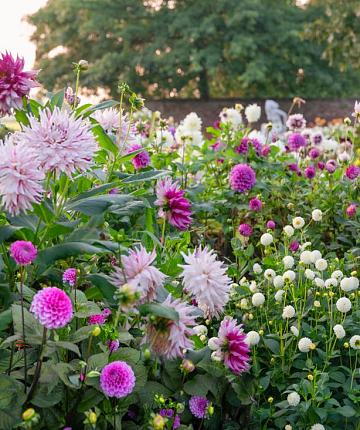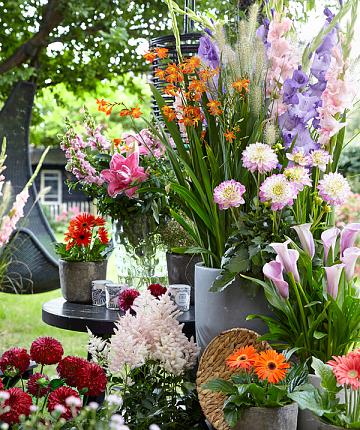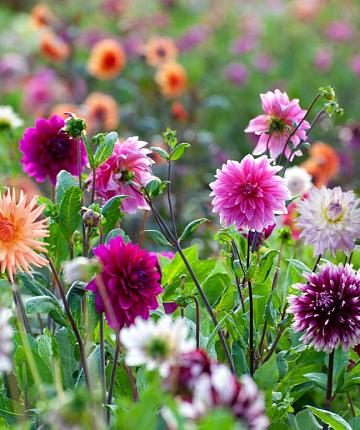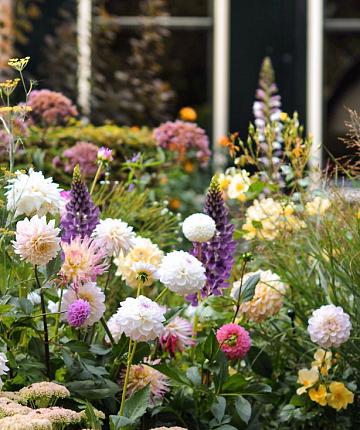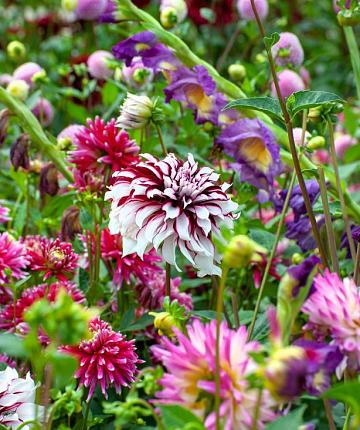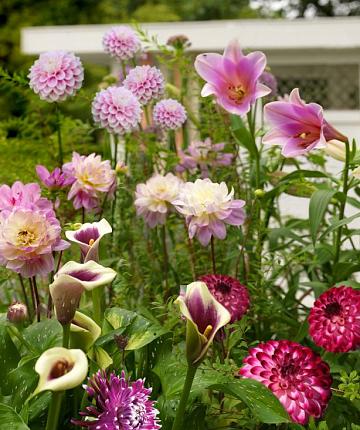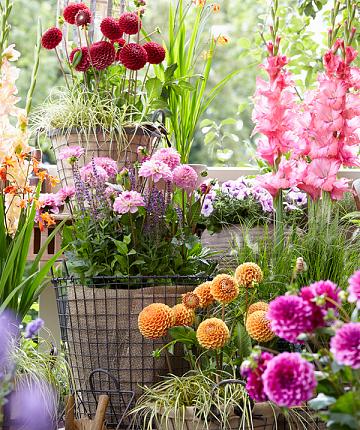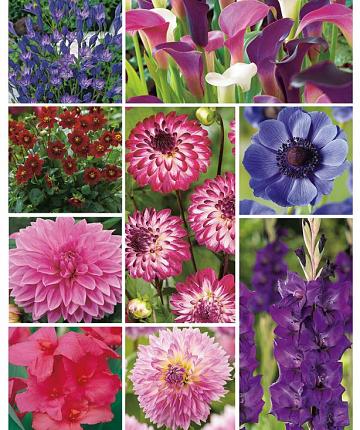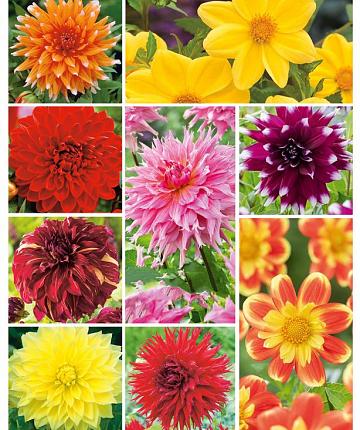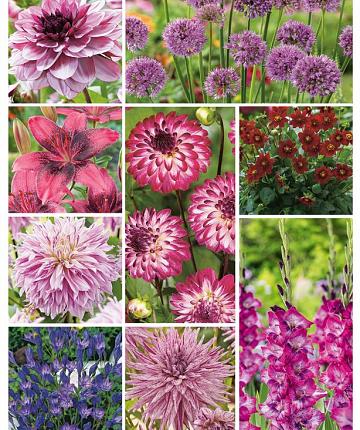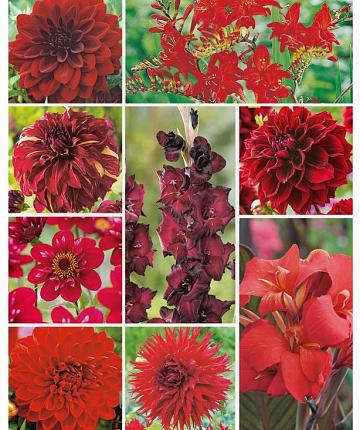tulip bulbs
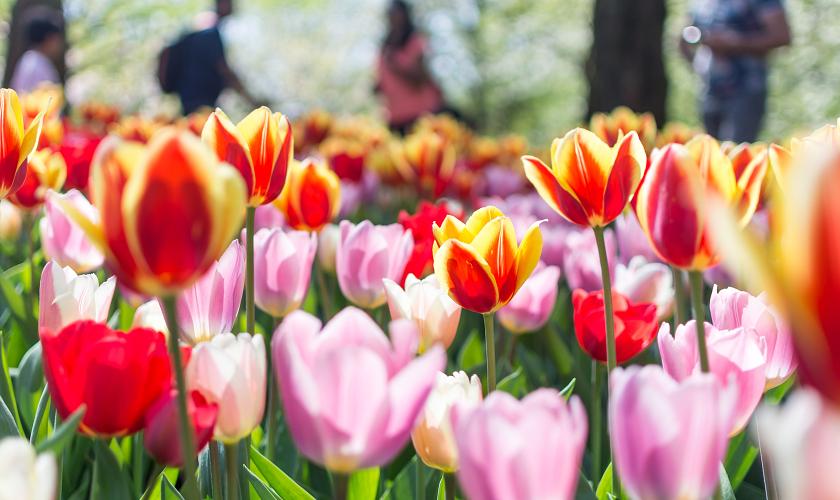
Tulip bulbs are the most popular among flower bulbs. Everyone knows tulips, the coloured crown-shaped flowers on a green stem, the Dutch flower. The flowers grow from a bulb and each variety has a different colour, height or shape. The tulip bulbs are planted in the autumn, after which the flowers can be admired every spring in many gardens, at the bulb farmer on the land and of course in the Keukenhof.
Where does the tulip come from?
 Everyone always thinks that the tulip comes from the Netherlands, and that the tulip is the national flower, but this is not true. The Netherlands does not have an official national flower and the tulip does not originally come from here. The tulip comes from central Asia, after which the flower eventually reached the Netherlands via Turkey and Antwerp. This was at the end of the 16th century. During this time there was also the tulip mania. A tulip bulb was sold for more than 1000 euros each. Since then, the tulip has always remained a prized flower. Many tulip bulbs are grown in the Netherlands today. Our country has a flat landscape, mild climate and the right nutritious soil on which to grow tulip bulbs.
Everyone always thinks that the tulip comes from the Netherlands, and that the tulip is the national flower, but this is not true. The Netherlands does not have an official national flower and the tulip does not originally come from here. The tulip comes from central Asia, after which the flower eventually reached the Netherlands via Turkey and Antwerp. This was at the end of the 16th century. During this time there was also the tulip mania. A tulip bulb was sold for more than 1000 euros each. Since then, the tulip has always remained a prized flower. Many tulip bulbs are grown in the Netherlands today. Our country has a flat landscape, mild climate and the right nutritious soil on which to grow tulip bulbs.
What types of tulips are there?
An awful lot of tulip varieties have been registered, more than 8000! These are divided into different groups. The classification arose when the mainly Dutch growers brought different appearances to the market over the centuries. These appearances are divided into a classification system of 15 groups, where shape, origin and flowering time are decisive.
– Single early tulips (bloom early April, can be up to 40 cm high and have a round flower – Double early tulips (bloom early-mid April, have short stems and double petals) – Triumph tulips (bloom mid-April, have sturdy stems of 40 to 50 cm high with flowers in various shapes) – Darwin Hybrid tulips (bloom from mid-April, grow up to 60 cm high, have a classic large flower with open bloom) – Single late tulips (bloom in May and can be up to 60 cm) grow tall and have a small round flower) – Lily-flowered tulips (bloom in May and grow 50 to 60 cm high and have a crown- shaped flower with pointed petals
Viridiflora Tulips (bloom in May and have a long flowering period. They can reach a height of 20 to 50 cm and have a green flower that eventually takes on colour. – Rembrandt tulips (bloom in April-May and have a broken colour that makes the tulip look flamed. In the time of the tulip mania, this was the most popular and most expensive tulip. – Parakeet tulips (bloom in May and become 40 to 60 cm high. The petals have incisions, colour changes and are slightly curled. – Double late tulips or peony tulips (bloom in May and have the shape of the peony. – Kaufmanniana tulips / 'water lily tulips' (bloom early in March and grow only 10 to 25 cm high. The flowers open when it is sunny . )
- Fosteriana tulips (bloom at the end of March and reach a height of 25-40 cm. Characteristic are the large flowers and the grey-green leaf).
- Greigii tulips (bloom early in April and reach a height of 20 to 30 cm. The short tulips have fairly large flowers.)
- Botanical tulips (wild tulips that bloom again every year, bloom in April and reach a height of between 10 and 30 cm.)
- Other tulips
How should you plant tulip bulbs ?
You plant tulip bulbs in the autumn from September to December. We advise that you to plant in October or November. The summer flowering bulbs have almost finished blooming and there is still little chance of frost. When you have purchased a Bloombol package, you plant all bulb types at the same time. Check out this page for more specific information about planting tulip bulbs .
What should you do when the tulips have finished blooming?
Taking care of tulips is not that easy. There are a number of options you can do when the tulips in your garden have finished blooming. It depends on whether you want to plant these bulbs again next year and therefore want to keep them (no guarantee that they will bloom, tulip bulbs are basically annuals) or whether you choose new varieties and colors again next year.
In any case, you should always remove tulip bulbs from the ground. To bloom again the following year, the tulip bulb needs a warmer temperature than our soil. If you leave the bulbs in the ground, they will not receive the right temperature treatment to develop for new blooms. There is also a risk of disease and fungi if you do leave the bulbs in place. None of this applies to botanical tulips, which do well in the Dutch soil temperature.
Do you want to keep the tulip bulbs for next year? Then it is important that you remove the flower from the stem when it has finished flowering. As a result, all the energy of the foliage now goes to the bulb instead of to the flower that develops seed from it. Leave the stem and leaf until they have withered. After this, often in June, you can remove the brown foliage. Remove the bulbs from the ground, clean them with a brush and 'peel' off the old skin. Then put the tulip bulbs in an airy bag. It is best to hang this bag in a shed, where it is warmer than in the ground. Next year from September you can plant the tulips again. For more detailed information, go to our 'how to take care of tulips' page.
How are tulip bulbs grown in the Netherlands?
Our Peter the grower is no different, but what is the story of the Dutch bulb grower? Many years ago, Dutch growers discovered that the soil behind the dunes is very suitable for growing tulip bulbs and other flower bulbs. This dune soil naturally has perfect drainage, rain easily sinks through and the groundwater is deep. That's good, because flower bulbs don't like wet feet. This soil also contains a lot of lime, which is important for growth. That is why you will encounter many plots in the bulb region in South Holland where flower bulbs are grown. It was later discovered that light clay is also very suitable for growing tulip bulbs. That is why nowadays bulb country can also be found in North Holland, Flevoland and even in Zeeland.
Growing tulip bulbs starts with the soil. Fresh soil is brought from below to the surface with a machine. The soil is also well fertilized so that all the necessary nutrients are in the soil. The flower bulbs are then planted. Like you, the grower also plants the bulbs in October and November. To protect the bulbs from the cold, the soil is then often covered with straw.
In the spring the fields are in bloom in all kinds of colors, beautiful! But for the grower, the flower is not really important at all. What matters is that the bulb develops. The thicker the bulb, the better. When the flowers have bloomed they are topped. This ensures that all energy does not go to the flower, but to the bulb. When the leaves turn yellow/brown and die, this is a sign that the bulb has absorbed enough nutrition. Then it's time to get the bulbs out of the ground. This is called 'grubbing', and the grower does this between mid-June and August. The bulbs are removed from the ground and cleaned and dried in the shed. The small bulbs are also removed from the large bulbs, which is called 'peeling bulbs'. After all these steps, the grower can sell his large bulbs. We put them in your Bloombol package!
buy flower bulbs?
At Bloombol you don't have to think about anything, we have already put together the most beautiful flower bulbs for you. You will get a garden full of colour for three months! You choose your favorite color package, plant the bulbs within minutes and voila!
FAQ
Where can you buy tulips?
Buy tulips at Bloombol. In every spring package you will find different types of tulips. Packages with lots of tulips are: Color Pop , Colorful Carnival , and Pink Pop .
When do tulips bloom?
Tulips bloom in spring. There are many different types of tulips, which is why the flowering time varies from April to May.
When can you plant tulips?
Plant tulips in the autumn from September to December. We recommend planting at the end of October. More information about planting tulips can be found here .
What should I do when the tulips have finished flowering?
Do you want to remove the tulip bulbs from the ground to save them for next year? Then you remove the faded flower from the stem as quickly as possible. Then you leave the stem and leaves and wait for them to turn brown. In June-July you can remove the withered stems and take the bulbs out of the ground for storage. Do you want new bulbs next year? Then you can remove the tulips with stem and bulb from the ground and throw them away. Do you want more tips about the care of tulips? Then look here .
Is a tulip hardy?
In principle, tulips are annuals. However, there are exceptions such as all botanical species are hardy and you do not have to remove them from the ground after flowering.





